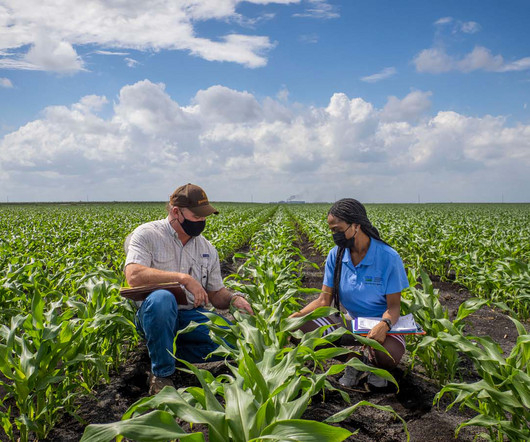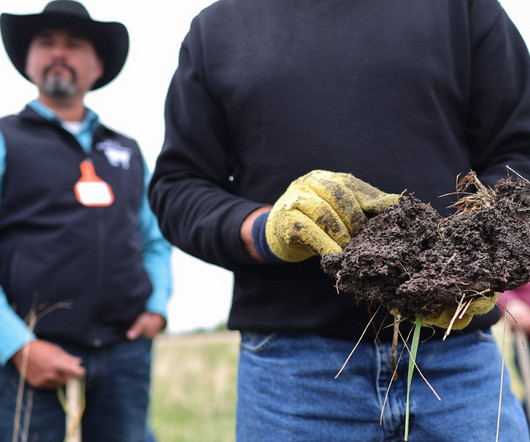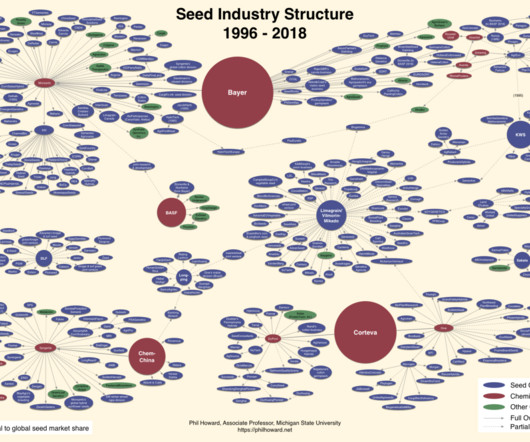Precision Ag News 4/10
Agwired
APRIL 10, 2024
Department of Agriculture published the second edition of Quantifying Greenhouse Gas Fluxes in Agriculture and Forestry: Methods for Entity Scale Inventory. The event attracted a diverse audience interested in the future of agriculture and the potential of genome editing technologies.












Let's personalize your content